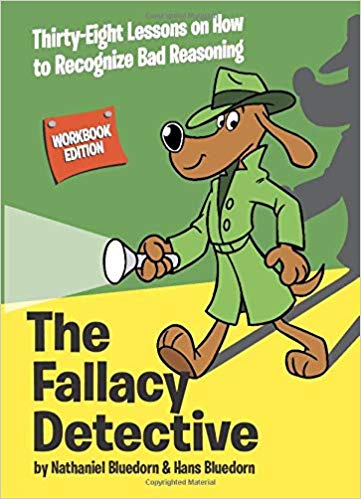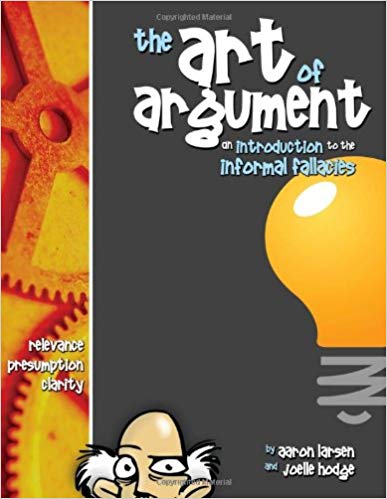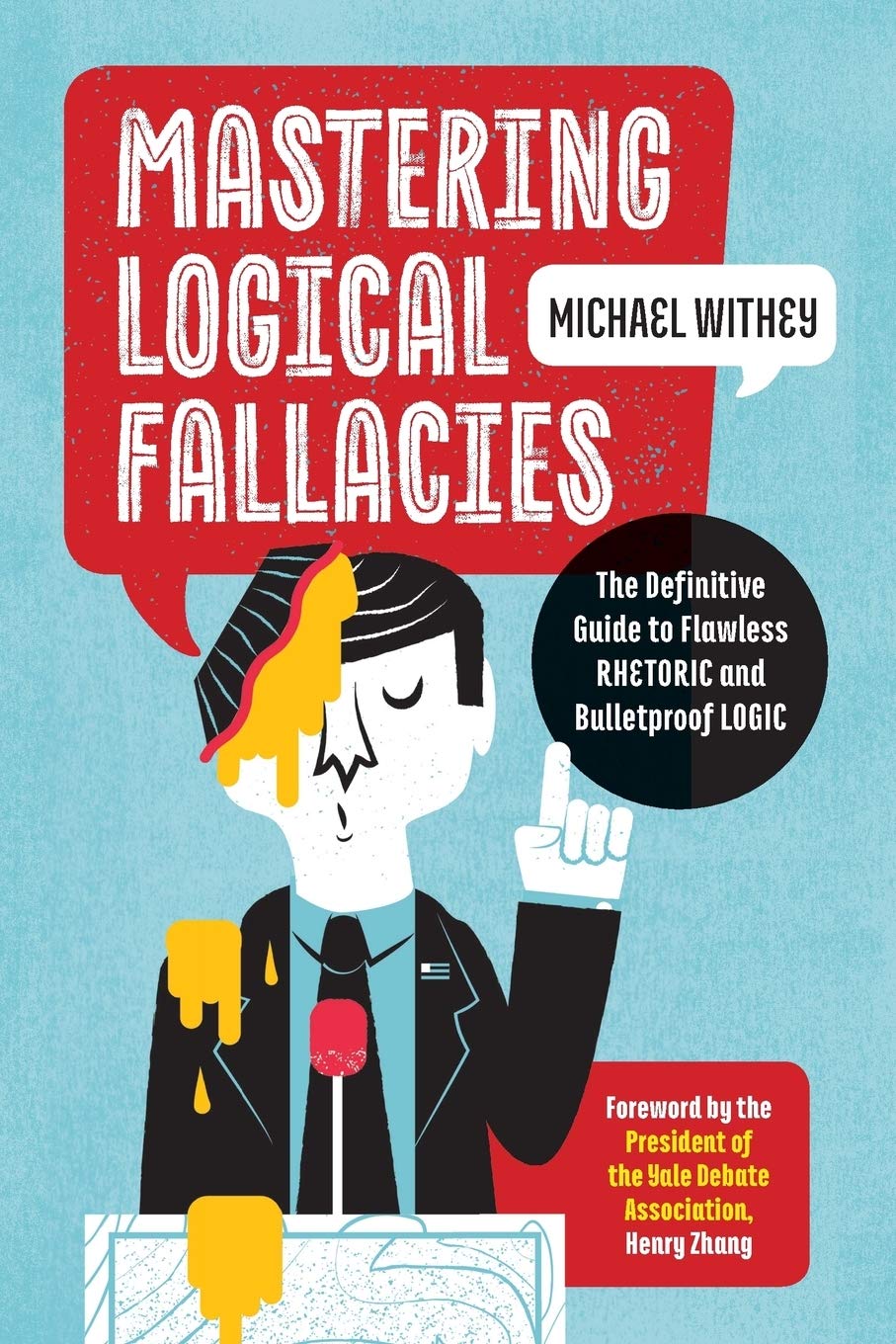
Sunk Cost Fallacy
The sunk cost fallacy occurs when individuals continue investing in a project, decision, or activity based on the amount of resources (time, money, effort) already committed, rather than evaluating the current and future value or potential return. This fallacy leads to irrational decision-making, as people feel compelled to justify past investments instead of cutting their losses and making choices based on current circumstances and future benefits.
Example of Sunk Cost Fallacy
- A company has invested millions of dollars in developing a new product. Despite market research indicating low demand and initial trials failing, the company continues to invest more money in the hope of eventually making the product successful, rather than cutting their losses and reallocating resources to more promising projects.
It would be more rational to stop further investment in a failing product and focus on projects with better potential returns. - A student has spent several years and a substantial amount of money pursuing a degree in a field they no longer find interesting or rewarding. Rather than switching to a different field that aligns more with their current interests and goals, they continue to pursue the original degree to justify the time and money already spent.
It is more logical to switch to a field that aligns with current interests and goals, even if it means acknowledging the prior investment as a sunk cost.

Books About Logical Fallacies
A few books to help you get a real handle on logical fallacies.





Sunk Cost FallacyExtended Explanation
The sunk cost fallacy is a cognitive bias and logical error that occurs when individuals or organizations continue to invest in a project, decision, or course of action based on the cumulative prior investment (sunk costs) rather than on the current and future benefits or costs. This fallacy stems from the desire to avoid wasting resources already spent, leading to irrational decision-making.
Key Characteristics of the Sunk Cost Fallacy
- Emotional Attachment: People often become emotionally attached to their investments, whether they are financial, temporal, or effort-based. This attachment can cloud judgment and lead to continued investment in a failing project.
- Loss Aversion: This psychological principle suggests that people prefer to avoid losses rather than acquire equivalent gains. The fear of admitting failure and recognizing a loss often drives the sunk cost fallacy.
- Misguided Justification: Individuals rationalize their continued investment by focusing on the resources already spent rather than the potential future returns. They might think, "I've already invested so much; I can't stop now," even when stopping would be the more rational decision.
- Commitment Escalation: The sunk cost fallacy often leads to an escalation of commitment, where more resources are poured into a failing venture in the hope of turning it around. This can lead to even greater losses over time.
Examples
- Personal Relationships: Staying in an unhappy relationship because of the time and effort already invested, despite clear signs that it will not improve.
- Business Investments: A company continues funding a project that consistently fails to deliver results because millions have already been invested.
- Education and Career Choices: Continuing to pursue a degree or career path that no longer aligns with one's interests or goals due to the years and money already spent.
Avoiding the Sunk Cost Fallacy
- Objective Evaluation: Regularly assess the current status and future potential of a project without considering past investments.
- Detachment: Separate emotional attachment from rational decision-making by focusing on data and facts.
- Cost-Benefit Analysis: Weigh the future costs and benefits of continuing an investment versus cutting losses and reallocating resources elsewhere.
- Seeking External Opinions: Consult with impartial third parties who can provide an unbiased perspective on the situation.
Impact of the Sunk Cost Fallacy
The sunk cost fallacy can lead to significant financial losses, wasted time, and missed opportunities. It perpetuates inefficient allocation of resources and can hinder personal and professional growth. Recognizing and addressing this fallacy is crucial for making sound, rational decisions that are based on present and future circumstances rather than past commitments.
In summary, the sunk cost fallacy is a pervasive and often costly error in judgment. By understanding its mechanics and actively working to avoid it, individuals and organizations can make more rational and beneficial decisions, ultimately leading to better outcomes and resource management.